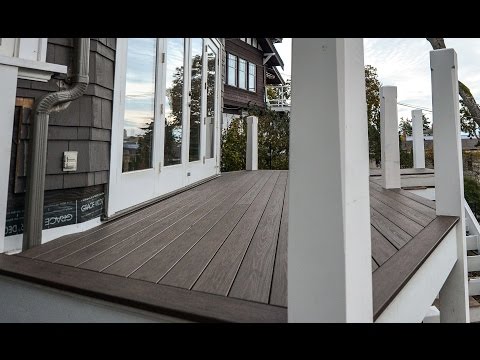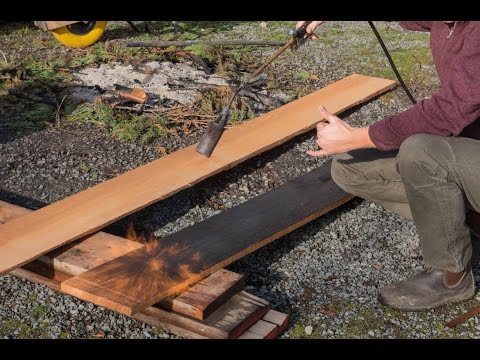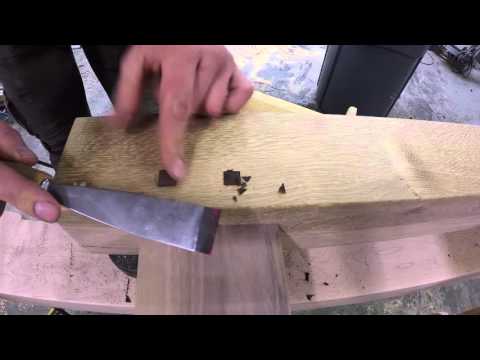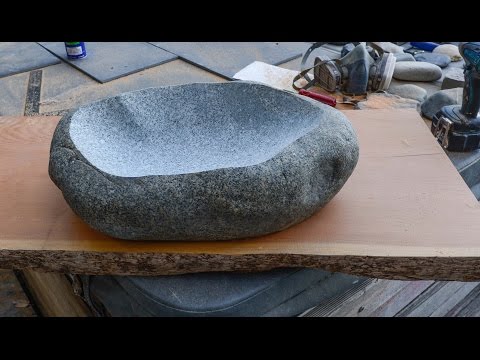Hey Samurai, aren't you afraid of expansion and contraction? Samurai: "No, I am not afraid of expansion and contraction, and here's why..."
Because it tends to stop when the wood is dry.
Rule #1 Work with dry wood
Make sure the wood is 12 percent moisture content or less. Wood movement can vary be season, as indoor relative humidity fluctuates, and it can also vary depending on where you live. Samurai lives in the Pacific Northwest, so this advice is targeted to folks who live there. But the general idea is applicable everywhere, as long as you substitute the variables correctly.
Wood floors move more than furniture because a wood floor is a massive surface. Furniture tends to be smaller than floors, though some tables are pretty big.
If you buy wood from a hardwood supplier, it will be kiln dried and you should be fine, after it acclimates to your shop.
Get a moisture meter and use it
If you work with wood for a living, it is crucial. Jesse's current favorite is a Wagner moisture meter. This meter uses magnetics to s measure a large area (relative to pins) and allows you to measure multiple places along the face of a board without leaving any holes.
Pin type meters are less expensive (about a hundred bucks) and gage moisture content by being stabbed into the wood. A dial is rotated until a light comes on, which indicates on a scale what the moisture content is. Downside: you have to stab holes into expensive wood to gage the MC. Testing the end grain is not reliable.
How the wood is cut affects its stability
Flat sawn wood, with the grain running roughly parallel to the width of the board, is most likely to cause problems because it is the least stable.
Wood moves three ways:
- Tangential—along the width of the growth rings; the thickness of a flat sawn board varies.
- Circumferential—along the length, or circumference, of the growth ring. This is represented as the width of the board.
- Longitudinal—along the length of the board.
The largest amount of movement comes circumferential along the circumference of the growth rings, and the width of the board.
Vertical grain, or rift sawn, wood is more stable because there is less opportunity for circumferential movement.
Make sure to orient wood in your project to minimize expansion and contraction.
—The Samurai Carpenter is a timber framer and furniture maker in Victoria, BC. See more on his YouTube channel












